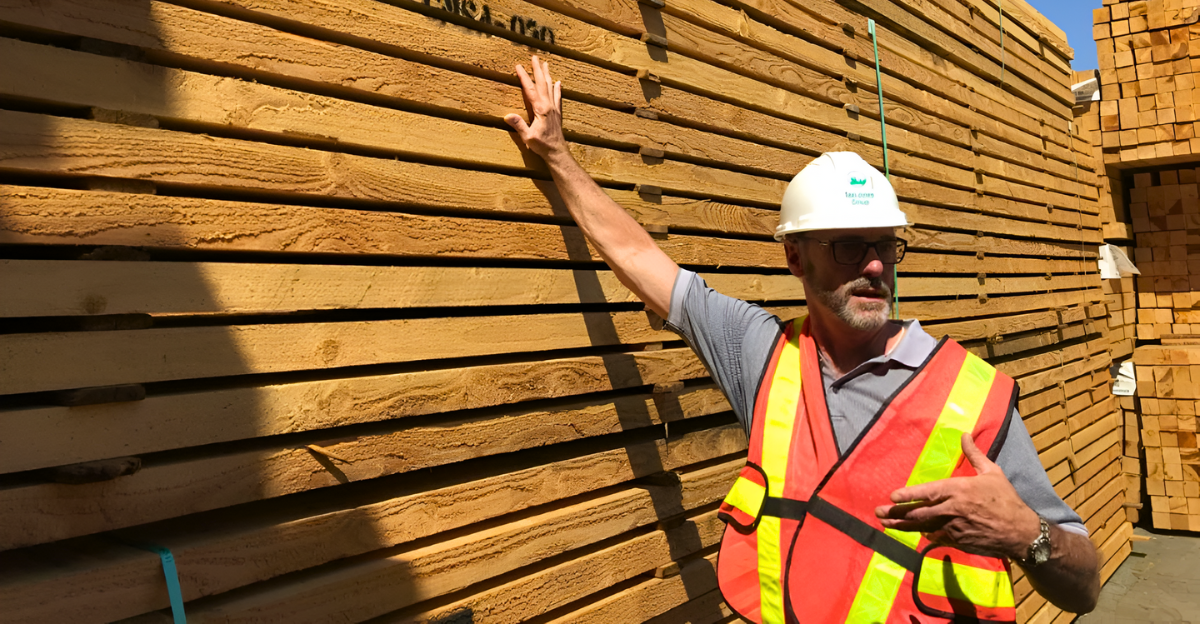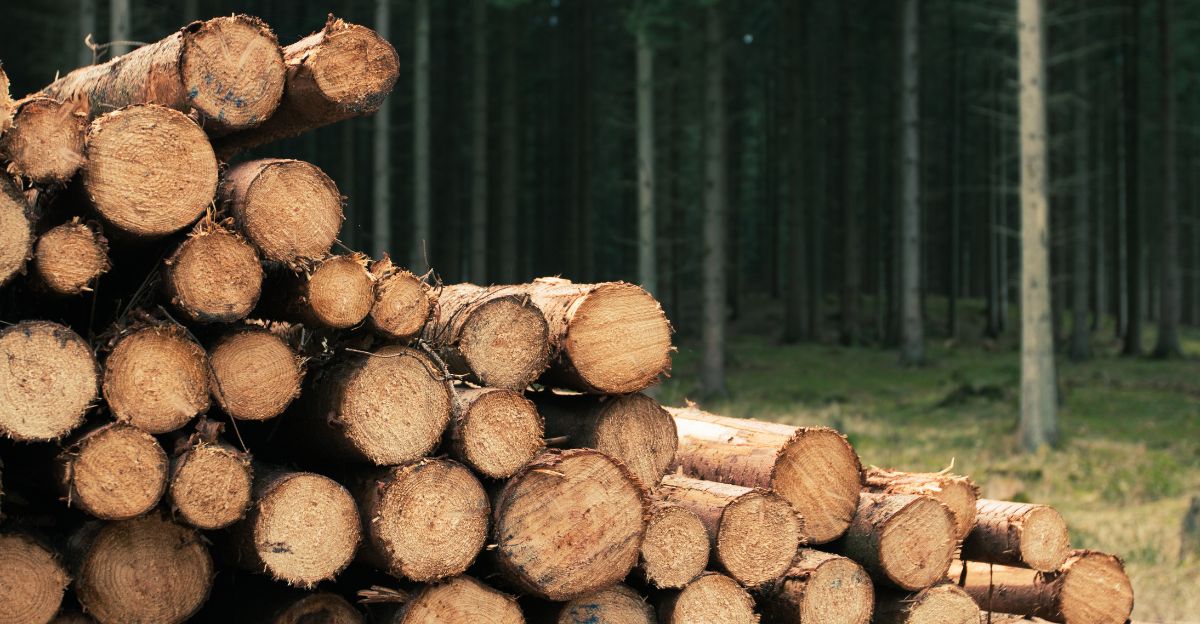
The price of wood used to build homes has crashed. According to The Wall Street Journal, futures have dropped roughly 25% since early August to just $522 per thousand board feet. This massive drop is causing major lumber companies to cut back production and has economists worried about what it means for the broader U.S. economy.
More Than Typical Market Volatility
This huge price collapse reflects more than typical market volatility. For decades, lumber prices have been a good indicator of the housing market and the economy as a whole. The latest slump comes after months of big swings in 2025, first fueled by speculation over tariffs and later by weakening market conditions. Greg Kuta of Westline Capital Strategies said that demand in the spring of 2025 was a “complete miss,” as hopes for stronger, lasting demand never materialized.
Demand Has Dried Up

The lumber collapse is hitting major wood producers hard. Interfor Corporation, one of North America’s biggest lumber companies, just announced that it is cutting production by 145 million board feet through December, which is about 12% less wood than usual. The company is reducing work hours, extending holiday shutdowns, and cutting shifts at mills across Canada and the United States. When a major producer makes cuts this deep, it means demand for their products has dried up significantly.
A Red Flag
The construction industry is showing clear signs of weakness beyond just lumber prices. In July, building permits fell to their lowest level since June 2020 at just 1.354 million units. That’s a red flag because permits tell us how many homes builders plan to construct in the coming months. Meanwhile, Americans spent $2.139 trillion on construction projects in July, but that was down from previous months and represents the third straight monthly decline. When people and companies stop spending money on construction, it affects the entire economy.
Trade Wars

Trade wars are making things worse. The U.S. government has slapped a hefty 35% tax on Canadian lumber imports, combining different types of penalties that make Canadian wood much more expensive. Since Canada supplies about 85% of the wood America imports, these taxes are pushing up costs for everyone who builds homes. The National Association of Home Builders has warned that these tariffs add thousands of dollars to the cost of building a typical house.
Interest Rate Policies
The Federal Reserve’s interest rate policies aren’t helping either. Even though the Fed just cut rates by a quarter-point to 4.00%-4.25% recently, mortgage rates remain high enough to keep many potential homebuyers on the sidelines. When fewer people can afford to buy homes, builders stop building them, which means less demand for lumber and other construction materials. Fed officials are split on whether to cut rates further, making the future path uncertain.
An Early Indicator
What makes this lumber crash particularly concerning is how it connects to broader economic warning signs. Construction typically slows down before the rest of the economy does, making it a reliable early indicator of recessions. While economists can’t definitively say lumber’s collapse will cause a recession, the combination of falling wood prices, declining building permits, reduced construction spending, and trade tensions creates a troubling pattern that suggests economic headwinds may be gathering strength.